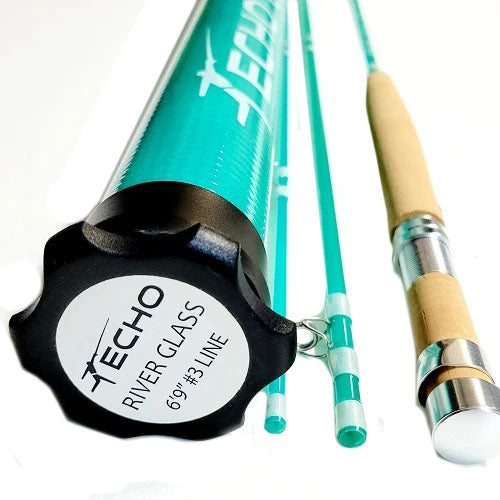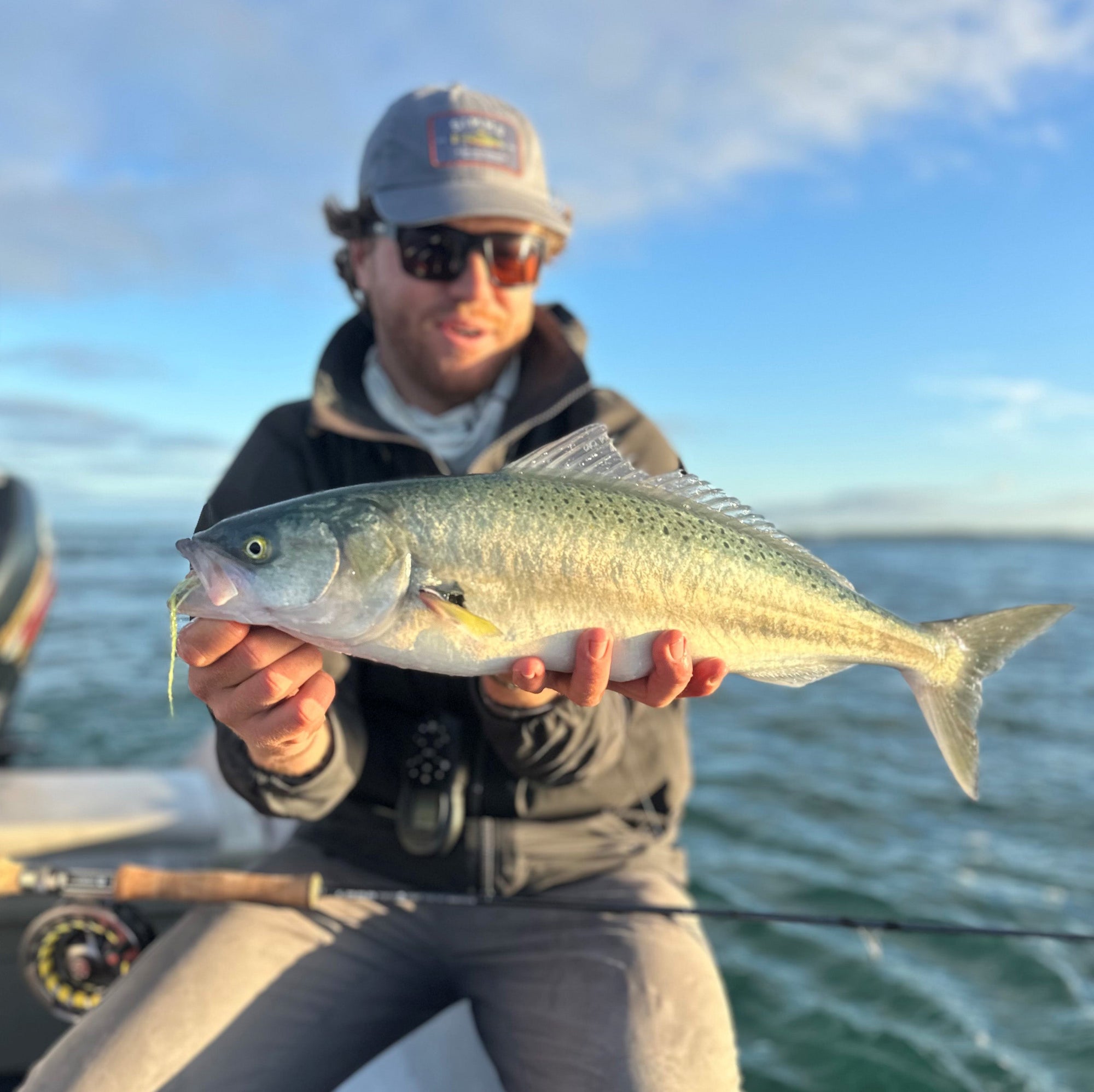
World Champion, Howard Croston explains his tips, flies and techniques he used to win the World Fly Fishing Championships in Tasmania 2019.
The 39th Fips Mouche World Fly Fishing Championships were held in Tasmania - an island state of Australia. Blessed with countless bodies of water and connecting rivers and streams, Tasmania is a wild Trout fishers paradise. The Trout in Tasmania are predominantly wild brown trout stock reared from eggs imported from England in 1864, but with a few rainbows here and there which are now also effectively wild. There is a unique combination of shallow food rich lakes, low rod pressure and active fisheries management equals one thing – simply unbelievable wild trout fishing in a unique and inspiring wildlife-rich landscape.
‘Team England this year comprised of myself as Captain, Manager, Competitor and chief cook and bottle washer with Tony Baldwin, Lee Bartlett, Steve Cullen and Mike Dixon fishing five sessions each and Bernie Maher as acting Captain and reserve. It would take a small novel for me to recount each day from a Team perspective so here is my 2019 championships session by session in what turned out to be the most memorable week of my fishing life to date.
Day One
‘The first draw for me was Penstock Lagoon. Penstock was the most sheltered venue and offered the best chance of the legendary ‘dun hatch’ making an appearance. As we decanted from the coach the strong wind was cold and the lake, although well fishable, was still rough with ‘lumpy’ waves crashing into the downwind shore making it quite frankly looking a long way away from producing any kind of dun hatch in the unseasonably late spring weather that persisted for the whole event.
‘My boat partner for the session was Stefan from the Slovakian Team and, after a brief discussion in broken English we decided that as he had control of the boat for the first two hours he would fish from the bow (a decision that suited me) but I would control where we fished, as I was a more experienced boat angler. This is actually quite a common occurrence as usually the home nations have far more boat fishing experience. Visiting teams are often happy to relinquish a lot of the decision making. Our boatman was Norm Cribbin – a local angler and fly tier of some repute.
‘As the signal was given for us to push off we headed towards the top of the wind motoring slowly to burn some of the 15 mins of traveling time as well as to prevent chopping up the shallow lying weed that is a popular feature of this shallow, food rich lakes.
‘We set the drift on a line to cut across the lake drifting from a shallow weeded area, over the top of the slightly deeper boating channel that runs down the centre of the lake and then into a large bay to the right-hand side of ‘Crisps’ point or ‘Shack’ point as it’s also known. We had a large amount of info on Penstock both from internet research as well as first hand info from our guides and, based on the maps I had assembled for the Team as well as the wind direction on the day, it looked like the best option for me to hit a number of known marks and water depths was one long drift. Our information also pointed to the fact that Penstock was an unpredictable water with hot drifts frequently changing day to day and even hour to hour. It also tended to fish well at one end and not the other for no discernible reason.
 The weather competition anglers endured in the World Championships was
The weather competition anglers endured in the World Championships was
challenging. Howard’s back is covered in ice and there is plenty of snow.
‘As most of the boats had stayed close to the boat dock at Beginners Bay and as only four boats had headed to our end of the lake it did cross my mind if I’d made the right call. As we sat waiting for the start, I mused that as we were fishing for predominantly wild browns with a splattering of well naturalised rainbows thrown in, covering fresh water, combined with low boat pressure was probably a good thing.
‘Initially I had set up with a Di5 sweep in the carpark due to the wind strength but once on the water it looked more Di3 sweep so I quickly changed. My leader was 8lb Fluorocarbon with a copper headed damsel pattern (called a Magoo) on the point, a hares ear dabbler in the middle and a second damsel imitation in the way of a copper beaded Shrek on the top dropper. Both the damsels were slimly dressed – far slimmer than we fish in the UK. This was something that had been identified as important in practice, as well as both possessing tungsten beads to exaggerate the tail action of the fly rather than lighter brass beads. I also wondered if the impact of tungsten pulled the territorial browns to the fly better when fishing close to the weed and structure that they seemed to prefer. My research concluded I would use no brass beads at all during the event.
‘As the match started my boat partner quickly hooked and landed a fish on an intermediate, making me wonder if the Di3 had indeed been a good choice but, as Norm recorded his fish, I stroked my flies up into the hang and my first fish of the session went airborne with the top dropper firmly in its scissors.
‘With one on the card and a long drift ahead I started to fish every cast with more and more confidence. One crucial point in practice was not to cast too far – fishing for territorial browns. It seemed most of the takes came on the first few pulls, after the initial drop of the flies or on the hang. A short fast pull retrieve with an odd stop mixed in seemed to be the best so I pulled 12-15 yards of line from my reel and turned the drag up to stop me over casting and forced myself to work the angles in front of the boat. As the drift progressed, we both caught a mix of browns and rainbows, keeping within a fish of each other for most of the drift. As we hit the downwind shore my boat partner quickly hit two fish to put him ahead and again made me question the Di3 as he seemed to be generating more interest than I was.
Howard Croston
Read more about Howard Croston explaining his tips, techniques, and flies he used to win the World Fly Fishing Championships in the August - October 2020 Issue of Tasmanian Fishing and Boating News. Available at Tackle Stores and Newsagents, or as a two-year subscription.


